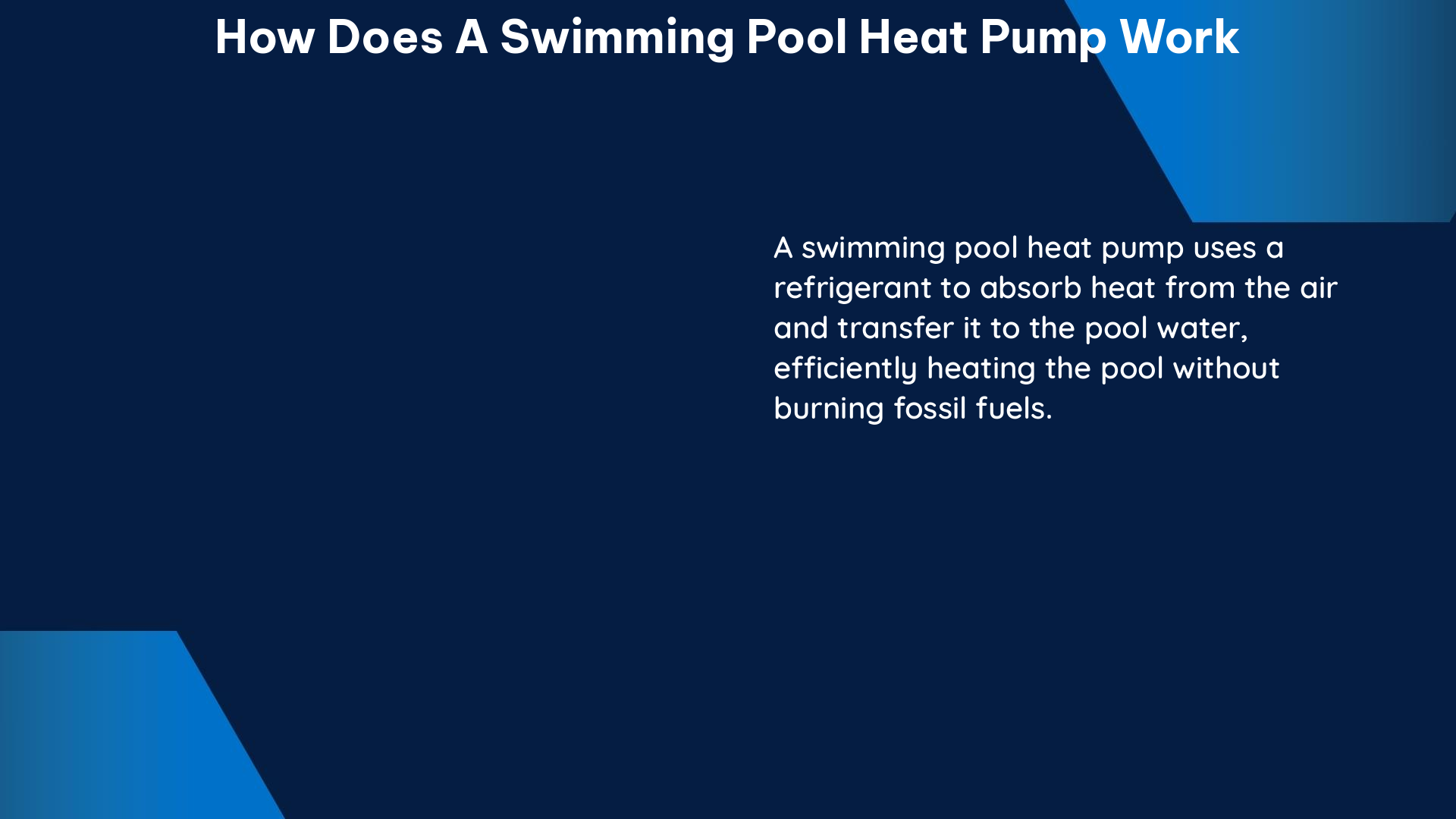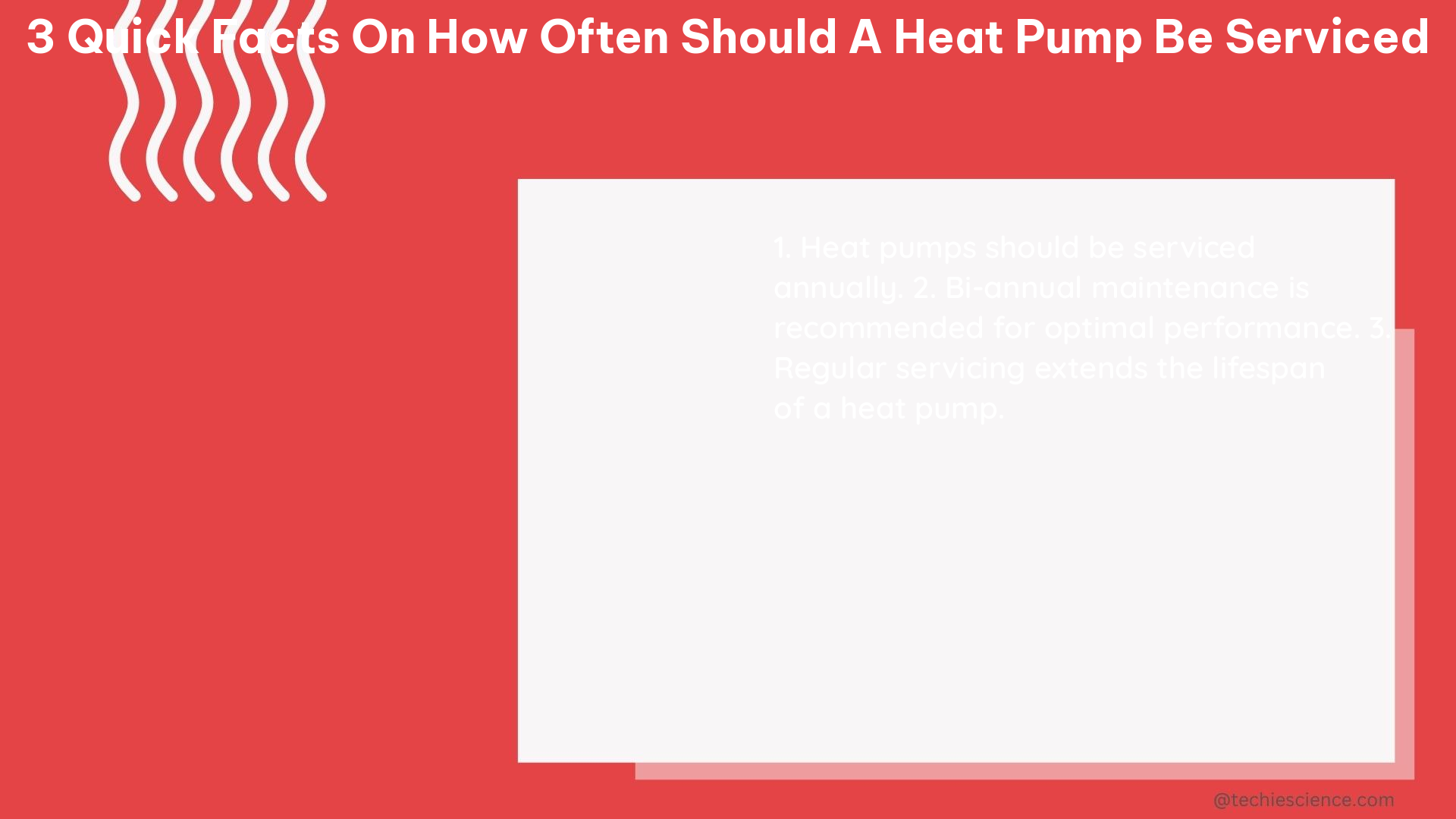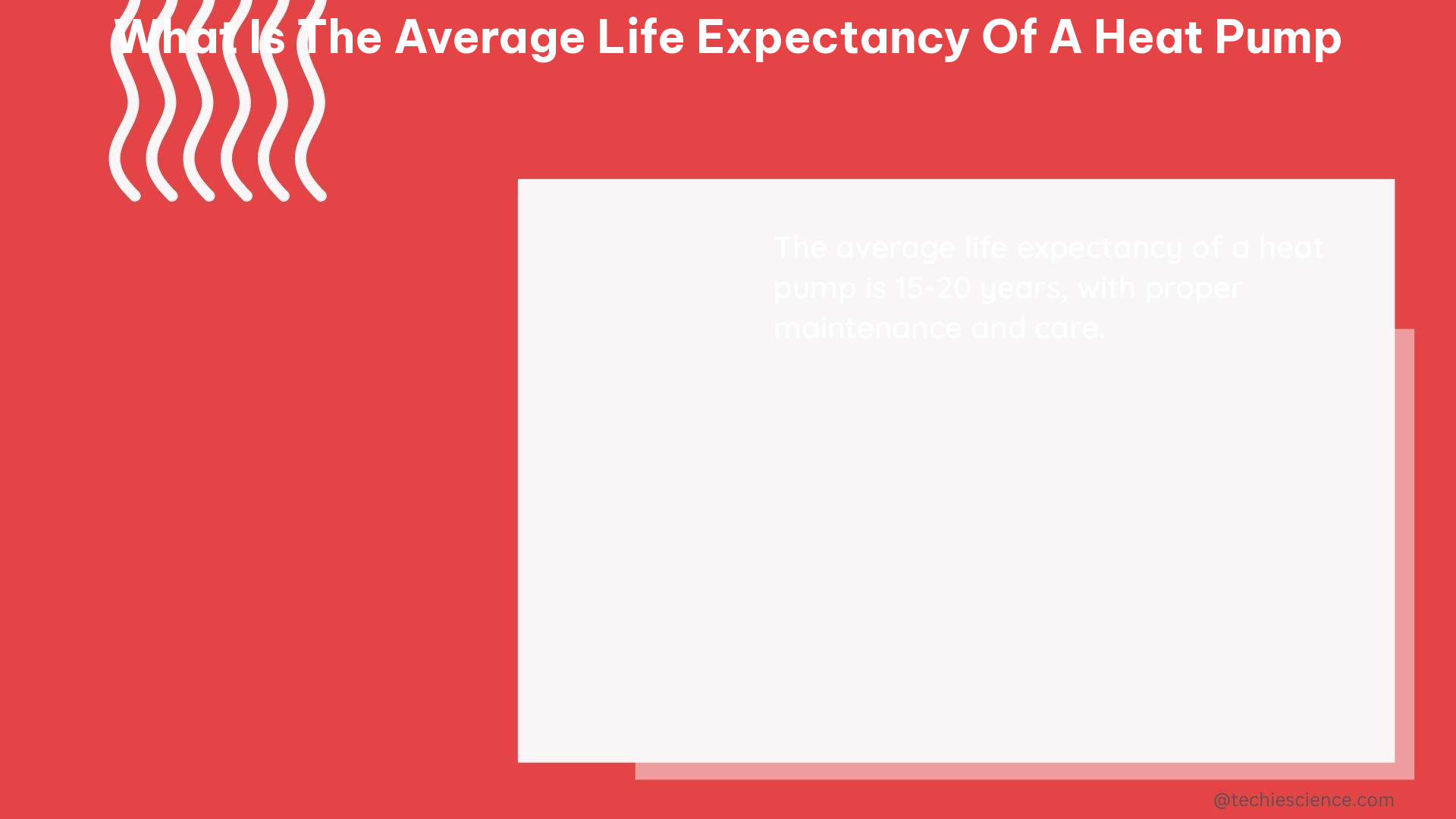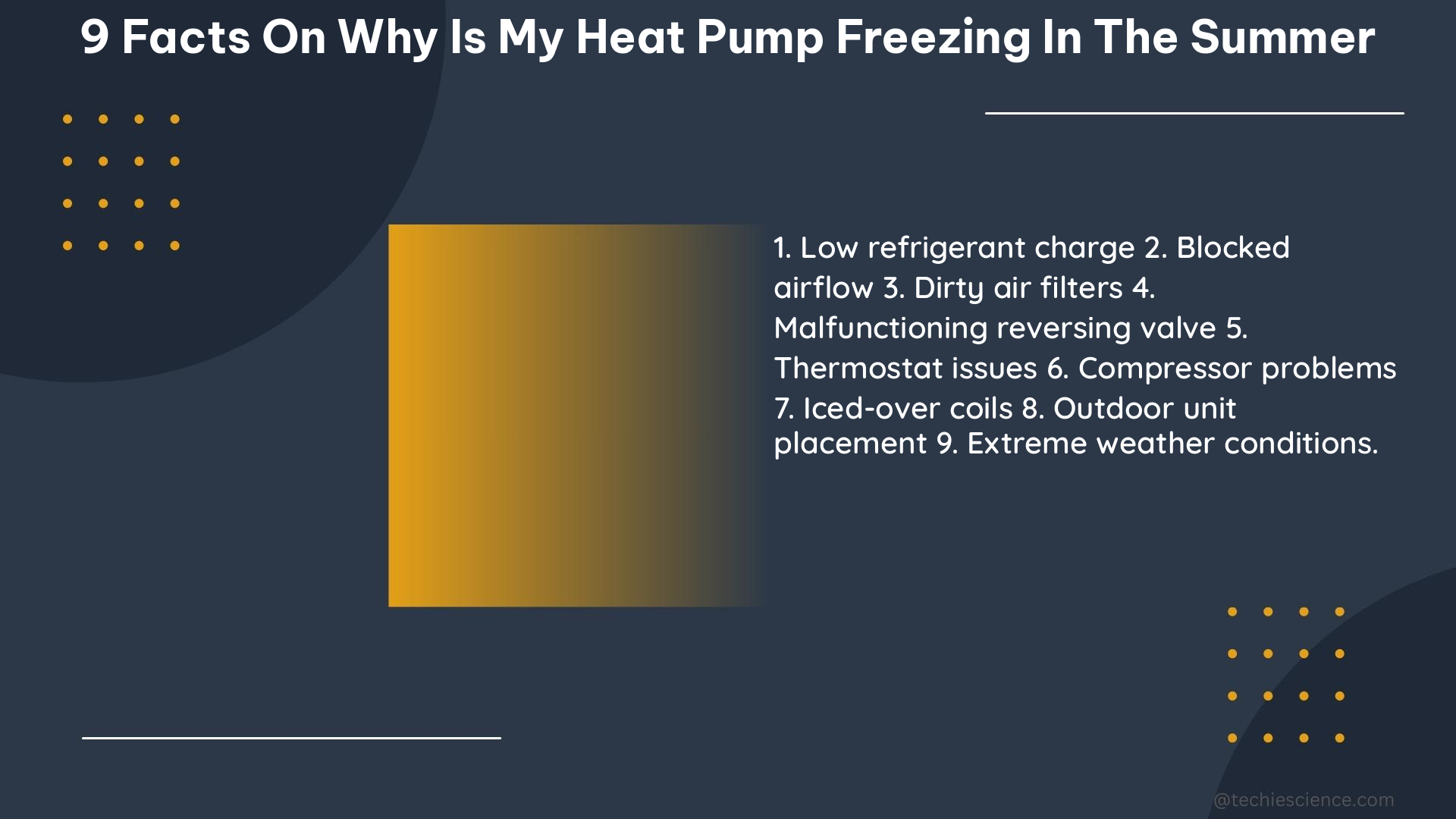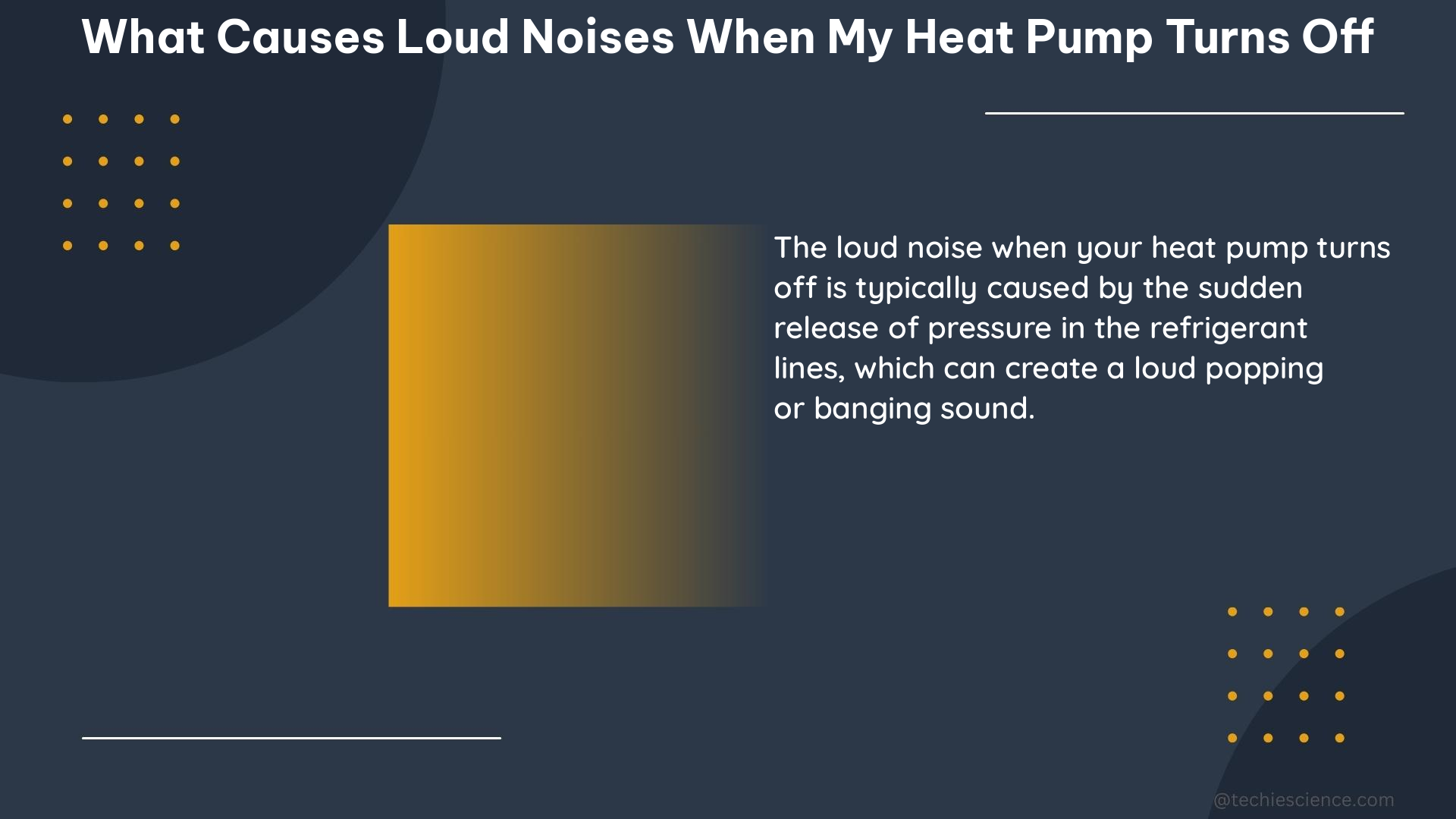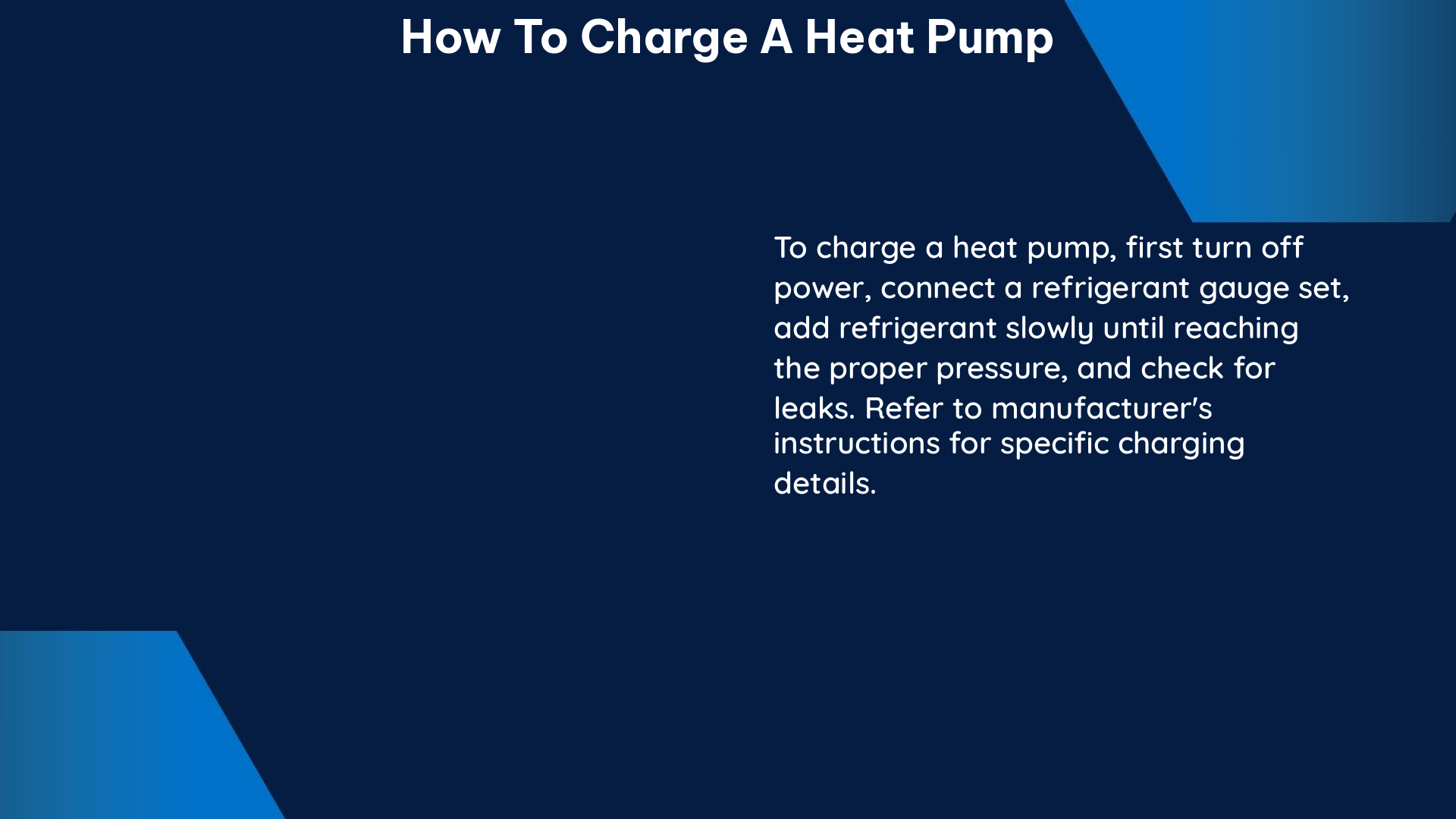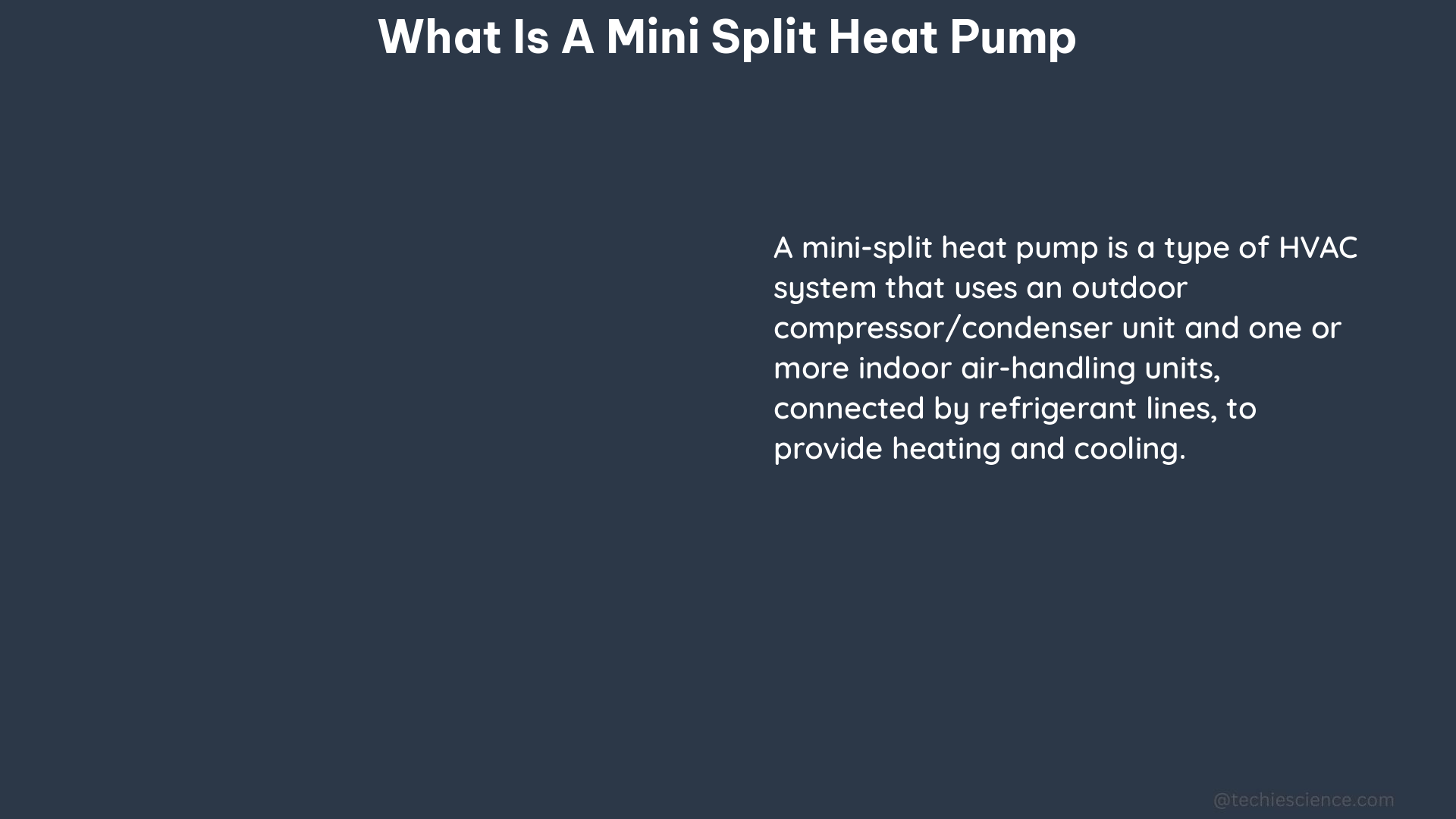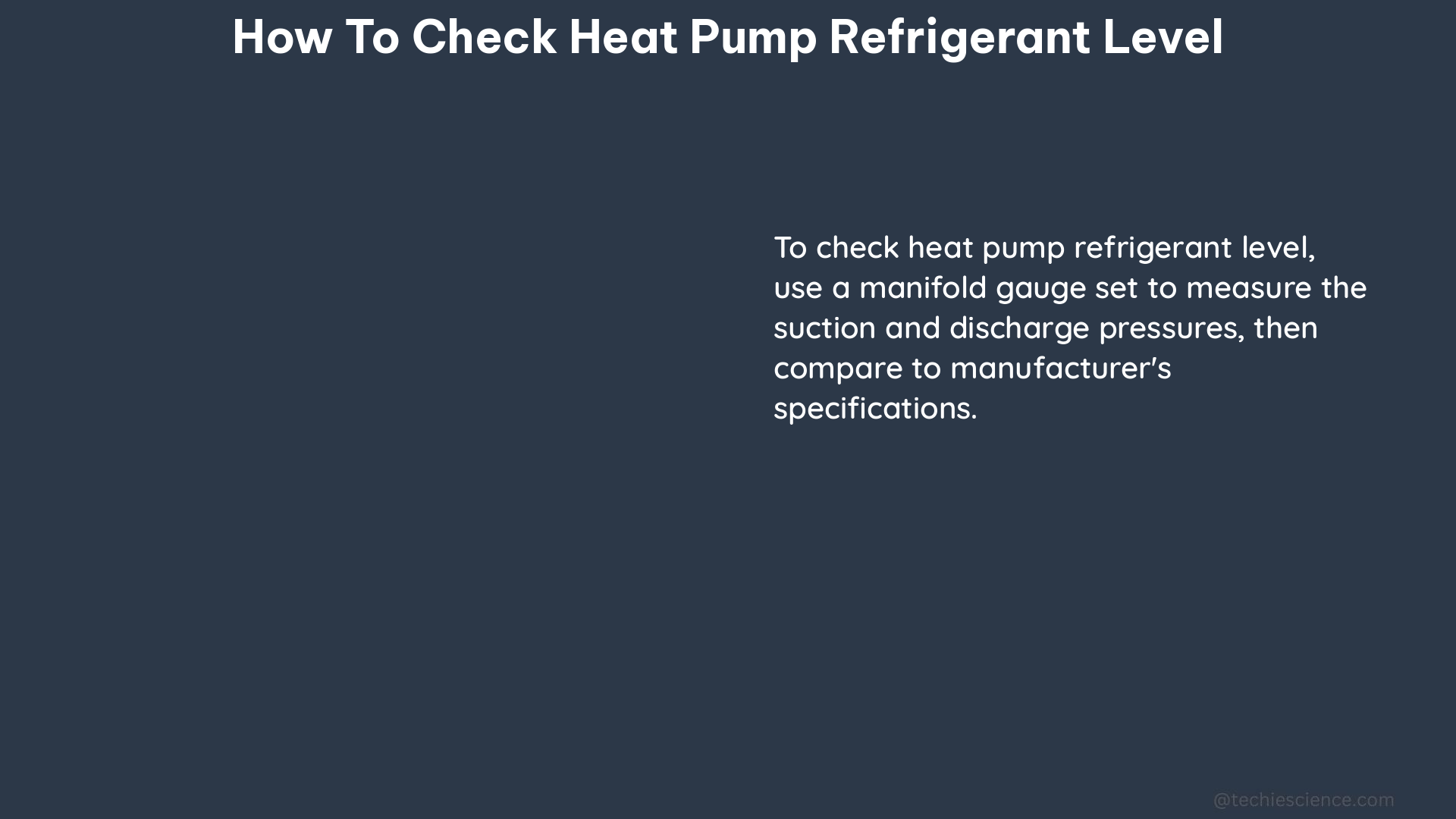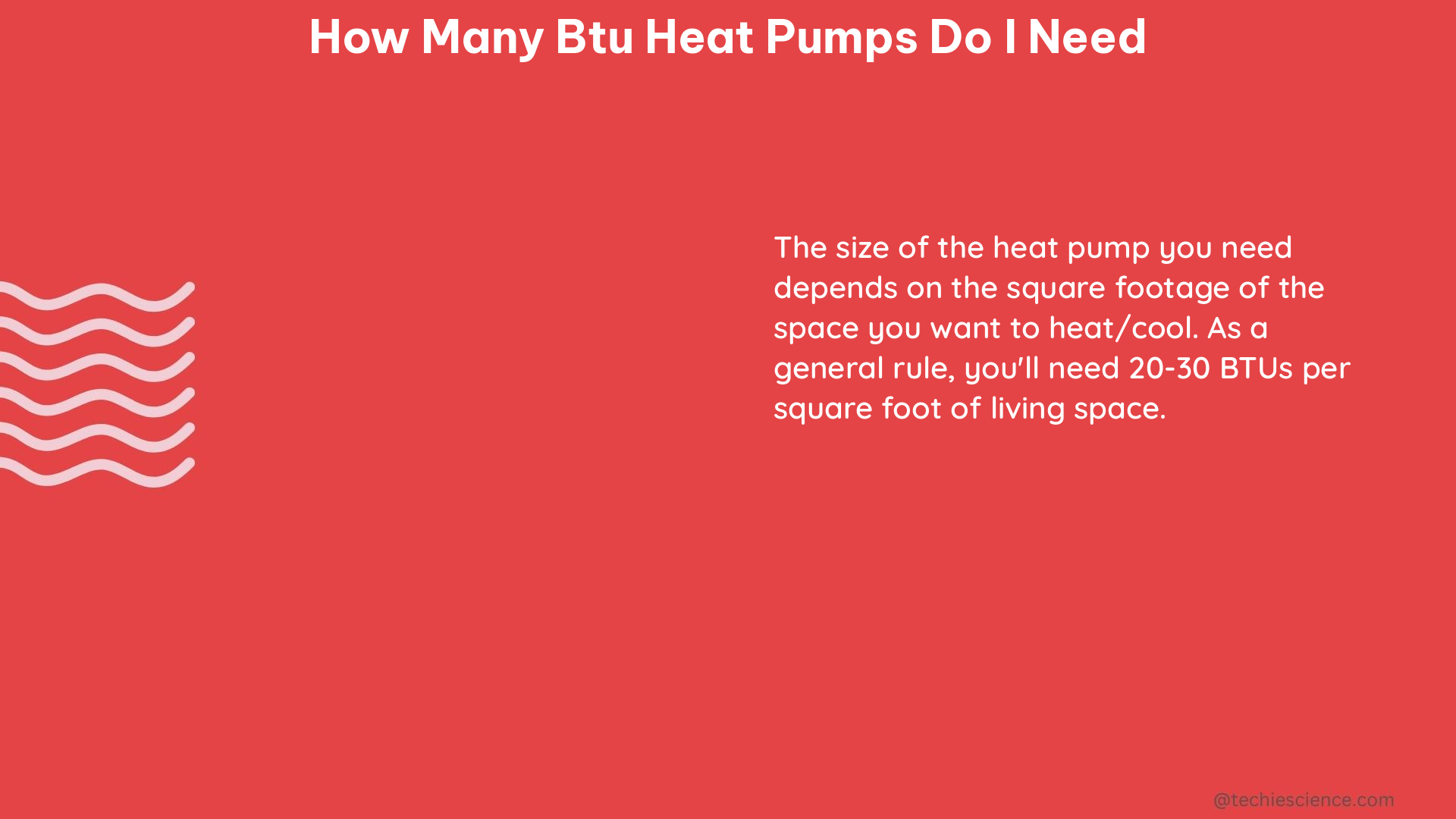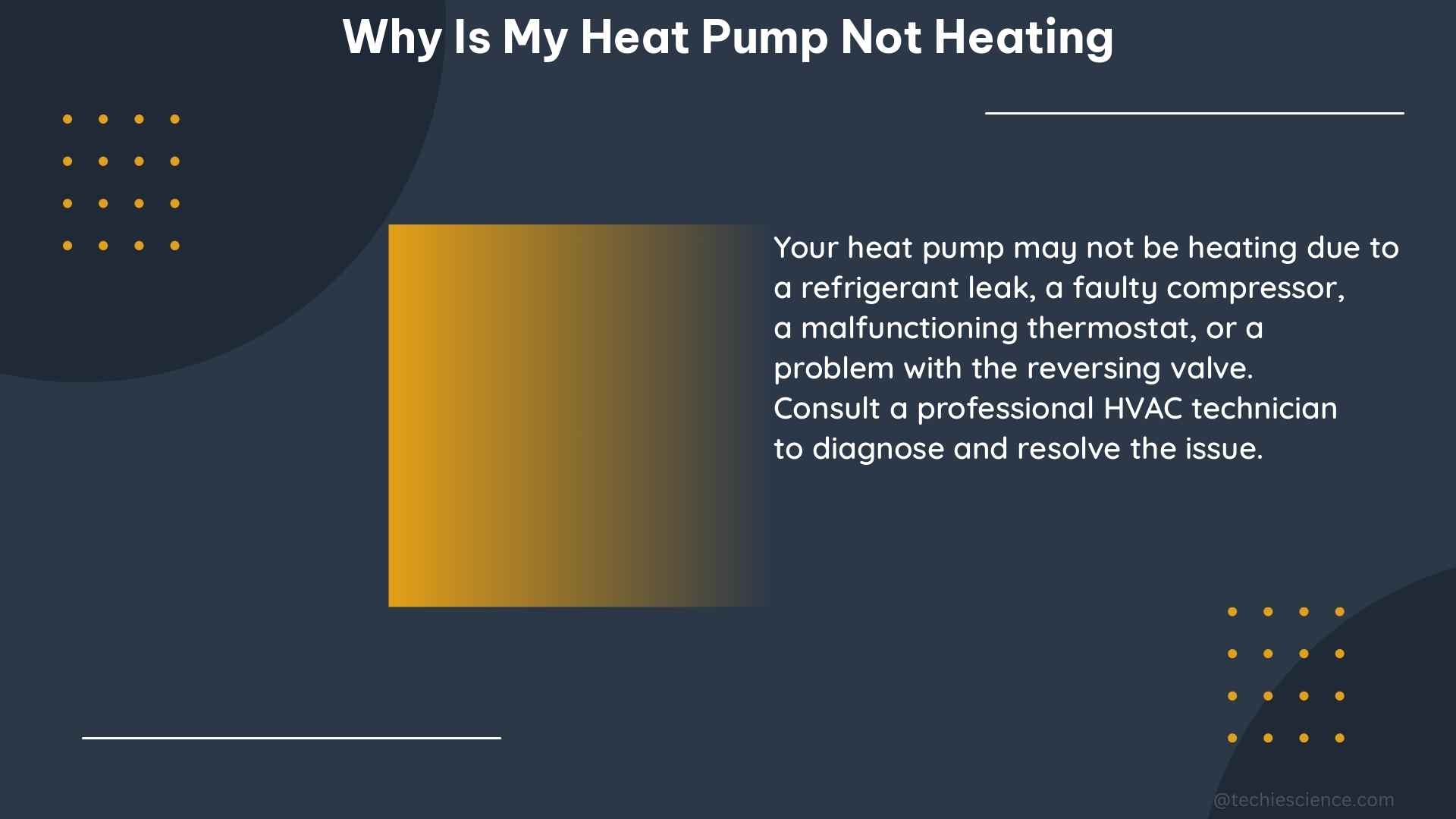A swimming pool heat pump is a highly efficient and cost-effective way to heat your pool water. It works by extracting heat from the surrounding air and transferring it to the pool water, providing a sustainable and eco-friendly heating solution. In this comprehensive guide, we’ll delve into the intricate workings of a pool heat pump, exploring the key components, performance factors, and technical specifications that make it a popular choice for pool owners.
Understanding the Mechanism of a Pool Heat Pump
At the heart of a pool heat pump is a refrigeration cycle, similar to that of an air conditioner. The process begins with a fan that draws in warm air from the surrounding environment. This air is then passed over a heat exchanger, where a refrigerant gas absorbs the heat. The refrigerant gas is then compressed, causing its temperature to rise further. The heated refrigerant is then circulated through another heat exchanger, where it transfers its heat to the pool water, effectively warming the pool. The now-cooled refrigerant is then expanded and the cycle repeats.
Key Components of a Pool Heat Pump

-
Compressor: The compressor is the driving force behind the heat pump’s operation. It takes the low-pressure, low-temperature refrigerant gas from the evaporator and compresses it, increasing its temperature and pressure.
-
Condenser: The condenser is the heat exchanger where the high-pressure, high-temperature refrigerant gas releases its heat to the pool water, causing the refrigerant to condense into a liquid.
-
Expansion Valve: The expansion valve is responsible for reducing the pressure and temperature of the refrigerant as it enters the evaporator, preparing it for the next cycle.
-
Evaporator: The evaporator is the heat exchanger where the low-pressure, low-temperature refrigerant absorbs heat from the surrounding air, causing it to evaporate back into a gas.
-
Fan: The fan is used to draw in the warm air from the environment and pass it over the evaporator, allowing the heat to be absorbed by the refrigerant.
Factors Affecting Pool Heat Pump Performance
-
Ambient Air Temperature: The efficiency of a pool heat pump is directly related to the ambient air temperature. As the outside temperature drops, the heat pump’s ability to extract heat from the air decreases, reducing its overall efficiency.
-
Pool Size and Volume: The size and volume of the pool directly impact the size and capacity of the heat pump required. Larger pools will need a more powerful heat pump to maintain the desired water temperature.
-
Desired Pool Temperature: The desired pool temperature also plays a role in the heat pump’s performance. Maintaining a higher pool temperature requires more energy input from the heat pump.
-
Pool Cover: Using a pool cover can significantly improve the heat pump’s efficiency by reducing heat loss from the pool surface, allowing the heat pump to work less to maintain the desired temperature.
-
Heat Pump Placement: The location of the heat pump can also affect its performance. Placing the unit in a well-ventilated area with good air circulation can improve its ability to extract heat from the surrounding air.
Calculating the Appropriate Heat Pump Size
To determine the appropriate size of a pool heat pump, you can use the following formula:
Pool Heat Pump Size (BTU/hour) = Pool Surface Area (square feet) x Temperature Rise (degrees Fahrenheit) x 12
For example, let’s consider a 15 x 30 foot pool with a desired temperature of 80°F and an average air temperature of 60°F during the coldest month. The pool surface area would be 450 square feet (15 x 30), and the temperature rise would be 20°F (80°F – 60°F). Plugging these values into the formula, we get:
Pool Heat Pump Size (BTU/hour) = 450 square feet x 20°F x 12 = 108,000 BTU/hour
Therefore, a 110,000 BTU/hour or larger pool heat pump would be needed to effectively heat this pool.
Efficiency and Cost Savings
One of the key advantages of a pool heat pump is its high efficiency. Typical pool heat pumps can transfer 5-10 kilowatts (kW) of heat to the pool water for every 1 kW of electricity consumed, resulting in a coefficient of performance (COP) of 5-10. This means that the heat pump produces 5-10 times more heat than the electrical energy it consumes, making it a highly efficient and cost-effective heating solution.
By utilizing a pool heat pump, pool owners can enjoy significant energy savings compared to traditional pool heating methods, such as gas or electric heaters. The energy-efficient operation of a pool heat pump can translate to lower utility bills and a more sustainable pool heating system.
Maintenance and Troubleshooting
To ensure the optimal performance and longevity of your pool heat pump, regular maintenance is essential. This includes cleaning the air filters, checking the refrigerant levels, and inspecting the various components for any signs of wear or damage. It’s recommended to have a professional technician perform a yearly maintenance check to identify and address any issues before they become more serious.
In the event of a malfunction or performance issue, it’s important to consult with a qualified HVAC technician who specializes in pool heat pump systems. They can diagnose the problem, recommend appropriate repairs, and provide guidance on maintaining the heat pump for continued efficient operation.
Conclusion
A swimming pool heat pump is a highly efficient and cost-effective way to heat your pool water. By understanding the inner workings of a pool heat pump, including its key components, performance factors, and sizing considerations, pool owners can make informed decisions when selecting and maintaining their heating system. With proper installation, maintenance, and troubleshooting, a pool heat pump can provide years of reliable and energy-efficient pool heating, ensuring a comfortable and enjoyable swimming experience.
